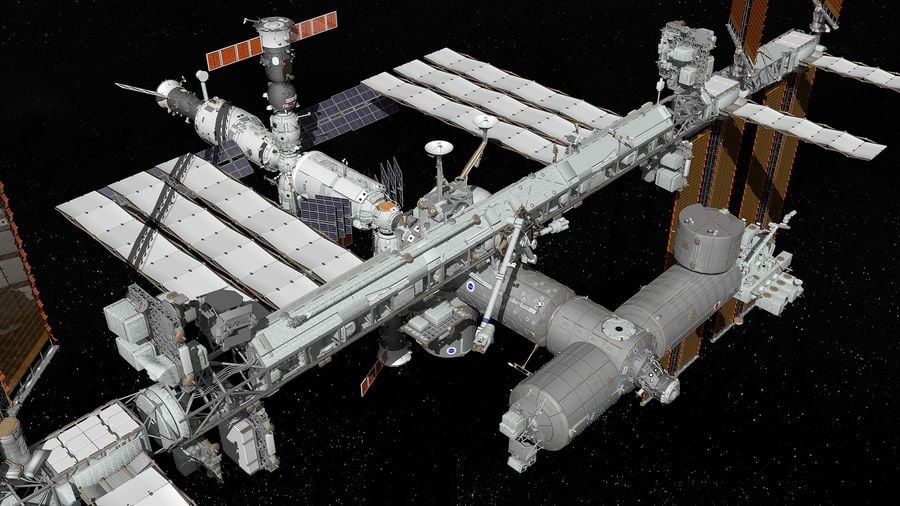The use of temperature monitoring devices and cooling methods, such as forced airflow, is a form of thermal control. Several pods and stations launched by NASA are equipped with state-of-the-art thermal controls, but did you ever wonder why these are essential for the International Space Station?
Without thermal controls, the international space station’s temperature would soar to 250 degrees Fahrenheit in the sun and plummet to minus 250 degrees Fahrenheit in the shade.
What is the Importance of Having Thermal Controls on the International Space Station Necessary?
The International Space Station’s (ISS) thermal control systems balance the deep freeze of space and the Sun’s blazing heat in a strange new world where hot air doesn’t rise, and heat doesn’t conduct.
Without thermal controls, the temperature of the orbiting Space Station’s Sun-facing side would reach 250 degrees Fahrenheit or 121 degrees Celsius. In comparison, thermometers on the dark side would plummet to minus 250 degrees Fahrenheit or -157 degrees Celsius.
Fortunately for the crew and all of the Station’s hardware, the ISS was designed and built with thermal balance. It is outfitted with a thermal control system that keeps the astronauts cool and comfortable in their orbiting home. (Source: NASA)
What is the Multi-Layer Insulation (MLI)?
Insulation is the first design consideration for thermal control, as it keeps heat in for warmth and out for cooling. Environmental heat is transferred in the air on Earth primarily through conduction or the collisions between individual air molecules. Whereas convection is the circulation or bulk motion of air.
This is why you can insulate your house basically using the air trapped inside your insulation. Air is a poor conductor of heat, and the fibers of home insulation that hold the air still minimize convection. In space there is no air for conduction or convection.
Andrew Hong, Engineer and Thermal Control Specialist at NASA’s Johnson Space Center
The environment in space is dominated by radiation. Objects heat up by absorbing sunlight and cooling down by infrared emitting energy, invisible to the naked eye.
As a result, the insulation for the International Space Station does not resemble the fluffy mat of pink fibers found in most homes on Earth. Instead, the Station’s insulation is a highly reflective blanket made of Mylar and dacron called Multi-Layer Insulation (or MLI).
The Mylar is aluminized so that solar thermal radiation can’t get through it. Layers of dacron fabric keep the Mylar sheets separated, which prevents heat from being conducted between layers. This ensures radiation will be the most dominant heat transfer method through the blanket. Windows are a tremendous heat leak, but astronauts need them for ergonomics and also for their research. It’s something we have to design around.
Andrew Hong, Engineer and Thermal Control Specialist at NASA’s Johnson Space Center
Except for its windows, most of the ISS is shielded from radiation by the MLI. The MLI insulation serves a dual purpose: it keeps solar radiation out while also preventing the harsh cold of space from penetrating the Station’s metal skin.
It performs so well that the ISS presents engineers with a new thermal challenge: dealing with internal temperatures constantly rising inside this super-insulated orbiting laboratory packed with various heat-producing instruments.
Solar energy is used to power the ISS’s avionics, electronics, and other systems. They all generate heat, and something must be done to eliminate the excess. Heat exchangers are the most basic solution. The Active Thermal Control System, or ATCS for short, was designed to remove heat from the spaceship. (Source: NASA)
